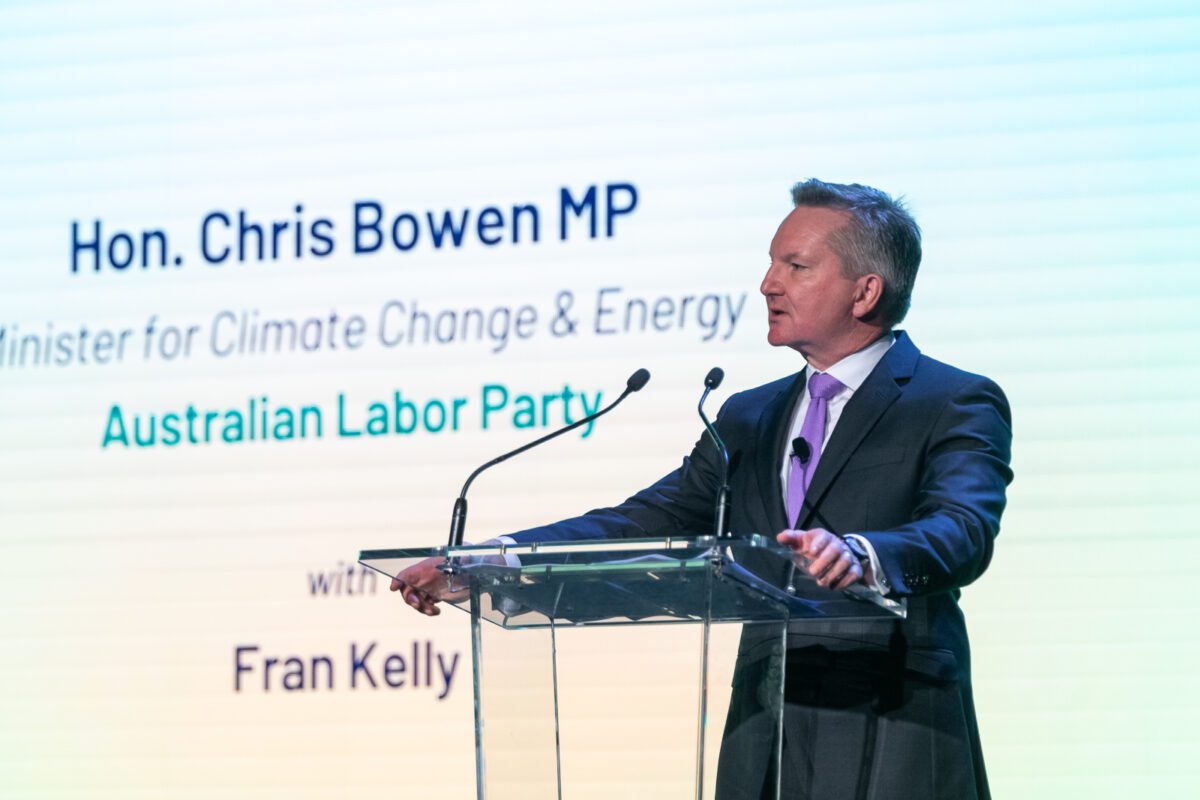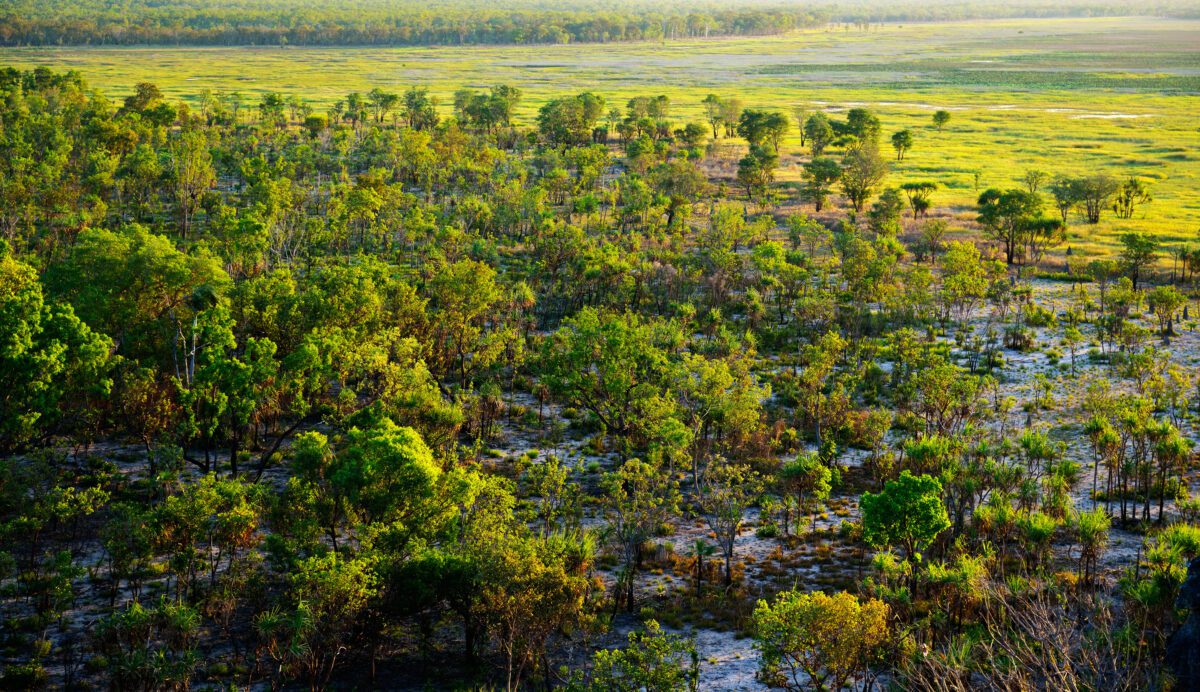Statement attributable to Carbon Market Institute CEO John Connor
Day one of COP26 has concluded with the main development being India’s commitment to net-zero emissions by 2070 and stronger 2030 targets for renewable energy and carbon intensity. This means 84% of global carbon dioxide, 93% of coal use and 75% of gas is covered by net-zero pledges, which will only expand and accelerate over time.
Australia didn’t add extra 2030 ambition or detail on its net-zero plan but did commit an extra $500 million in climate finance in the Indo-Pacific region. This is a welcome addition though short of what many suggest would be Australia’s proportionate share. It is disappointing that there was no move for Australia to re-join the Green Climate Fund to channel any of this commitment. The GCF is a preferred funding vehicle by many in developing countries.
Australia progressed its Indo-Pacific Crediting Offsetting Scheme mechanism, which CMI supports as a means of accelerating private climate investments. Thehe Government of Fiji has signed a memorandum with Australia to develop a high integrity and accessible carbon market for Fiji, while simultaneously urging Australia to increase its 2030 ambition to a 50% emissions reduction.
Elsewhere at COP, detailed negotiations on the rules for global carbon markets resumed as the last piece of the Paris Agreement jigsaw. Appropriate rules can deliver greater investments and emissions outcomes. Key sticking points are the use of pre-2020 carbon market units, rules to avoid double counting and share of proceeds from international markets to assist finance for developing countries. There were positive signs of flexibility in these protracted negotiations but there is a long way to go.
CMI has a special COP26 website for latest developments and special Carbon Conversations each Friday to discuss the latest developments.
Note to editors: In his monthly CMI update yesterday, John Connor, who is also the former Executive Director of the Fijian Presidency COP23 Secretariat, noted that COPs are no longer the only channel for climate action.



